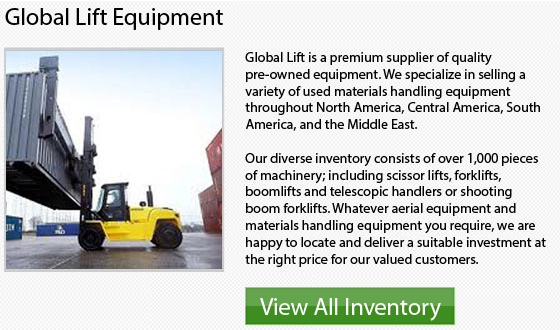
Those who have studied efficiency in the warehouse has found that 50 to 60 percent of travel time is wasted in material handling facilities. The main goal is to be able to reduce forklift travel distance and time in certain ways that truly help prevent equipment abuse and damage to products. Some of the most frequent efficiency barriers to many warehouses are discussed below.
New product lines are stored where there is extra space, not necessarily where it makes the most sense. Frequently handled objects are separated due to size or to storage handling requirements. Due to increased business, Stock-Keeping Units or SKUs have proliferated. Replenishment and order-picking speeds are lessened due to bad lighting. The forklift fleet is too small and more round trips are needed utilizing the same equipment. Forklifts experience slowdowns and detours because of poor equipment maintenance and uneven floor surfaces. Ineffective warehouse layout often leads to ineffective workflows and dead-end aisles.
There are 3 main areas to concentrate on if any of the mentioned concerns seem familiar at your workplace, or if you know ways to be much more efficient overall:
The layout of the shipping, receiving and storage areas: Direct the way your product flows by utilizing a facility layout or by drawing a series of arrows. The best facilities offer a well-organized, single direction flow from receiving to shipping. If your arrows double backwards in any spots or go in the opposite to the desired direction or go in many different directions, then you have determined your inefficient spots.
Work to improve access to product destinations, lessen travel distances between destination and source, decrease bottleneck areas once you have identified your trouble spots. This could be done by re-vamping any forklift and high-travel congestion places.
Cross-Docking? For items that quickly move throughout your facility, consider cross-docking options. The cross-docked inventory is not stored inside the warehouse. It is transported from inbound delivery almost directly to outbound shipping. Some of the consolidation and sorting is normally done in the shipping areas. The simplest items to cross-dock are normally bar coded products with predicable demands and high inventory carrying costs.

|

|